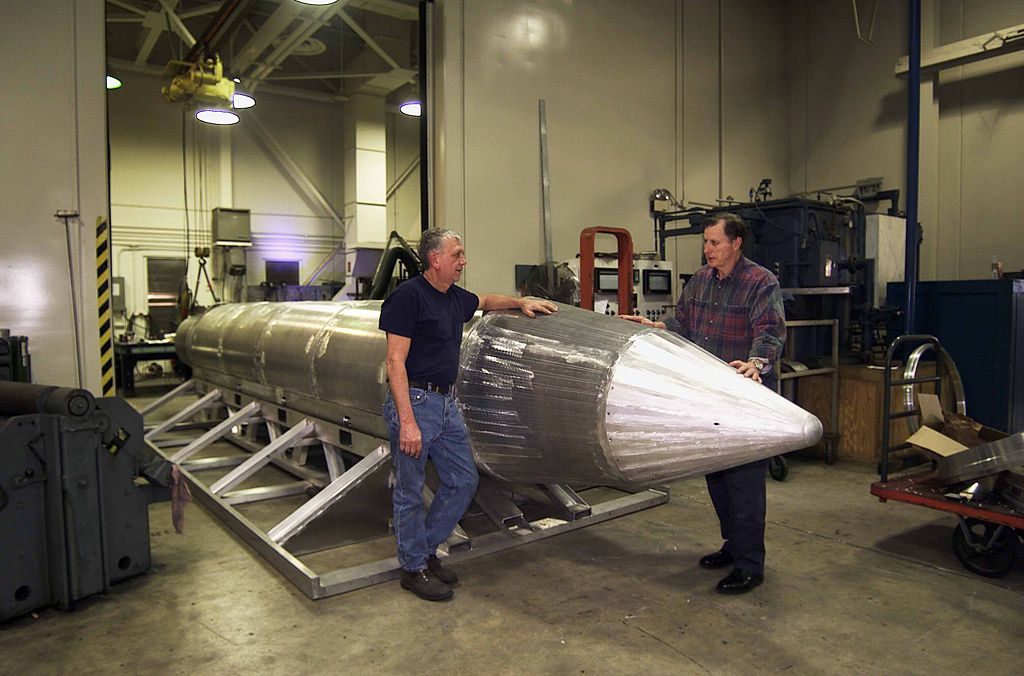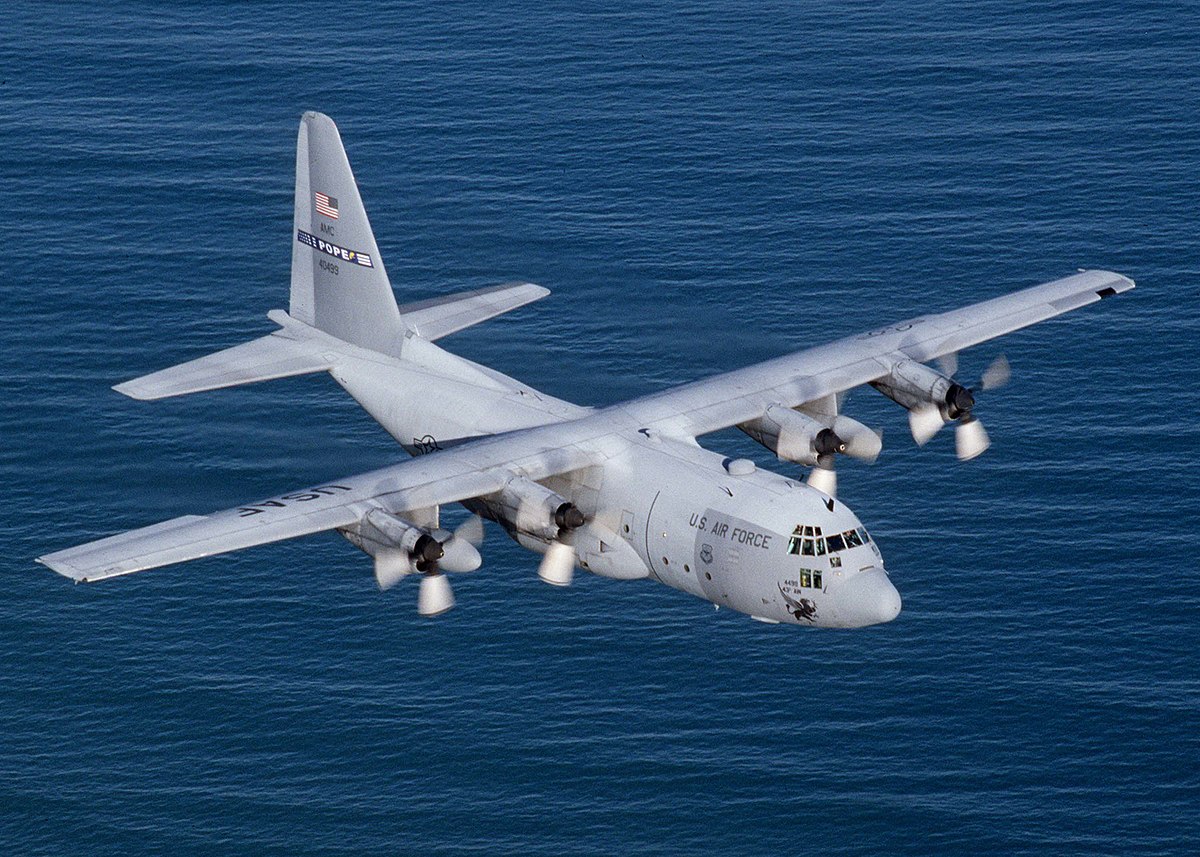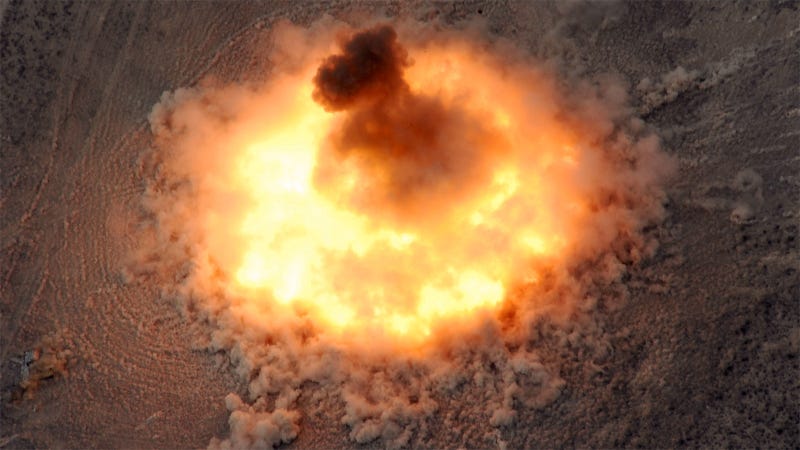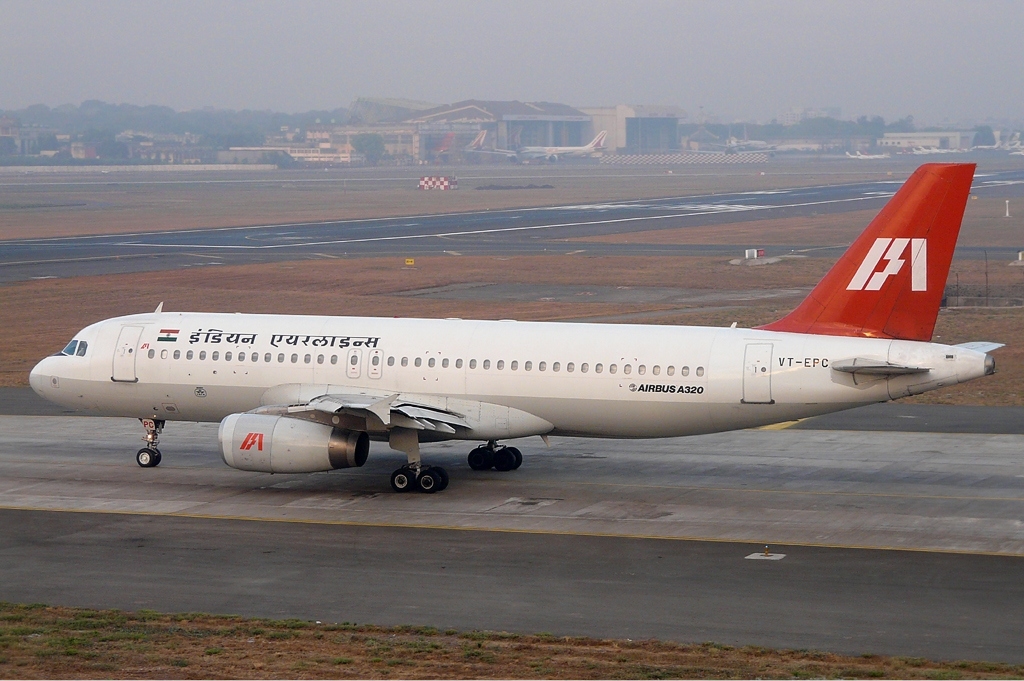The use of missiles in India for warfare is not new. It dates back to the 18th century. Tipu Sultan of Mysore used rockets called 'Mysorean Rockets' for warfare which gave him an edge over the enemy forces. Later on, The Britishers exported this technology to Britain where they began manufacturing rockets and technological advancement under the rule of British East India Company was restricted. As a result, India started lagging behind in this field.
The Mysorean Rockets
The research and development in missile technology again assumed after the independence of India in 1947 under the eminent leadership of Pt. Jawaharlal Nehru, The First Prime Minister of India,the Special Weapons Development Team - to research guided missile weapons development was constituted.The Government of India continuously started providing financial assistance to the Missile development programme and Defence Research and Development Laboratory under DRDO was formed whose only job was missile research and development.
The Defence Reasearch and Development Laboratory
It's first anti-tank missile was a totally indigenous product, which was successfully test-fired. The project laid the foundation of India's missile programme and many from this group who were involved in the development of the anti-tank missile to be used in Sarath ICVs manufactured at Ordnance Factory Medak, went on to set up the Bharat Dynamics Limited (BDL), Hyderabad in the proximity of the ordnance factory, which became the production agency of missiles in India. (In the 1970s, SS-11B anti-tank missiles were manufactured under license from France at the BDL.)
Other scientists at DRDO simultaneously focused on building a guidance package – an essential part of a long-range missile that determines its path and accuracy to hit a target. A platform-based inertial navigation system (INS) was developed and tested, on board an Avro aircraft, in 1974–75. Subsequently, an INS was built for both missiles and an aircraft, and this was tested in 1979 on board a Canberra aircraft.
By the start of 1980's, DRDL had developed competencies in the fields of propulsion, navigation and manufacture of materials. Thus, India's political and scientific leadership, which included prime minister Indira Gandhi, Defence Minister R. Venkataraman, V.S. Arunachalam (Scientific Advisor to the Defence Minister), decided that all these technologies should be consolidated.
This led to the birth of the Integrated Guided Missile Development Program and Dr. Abdul Kalam, who had previously been the project director for the SLV-3 programme at ISRO, was inducted as the DRDL Director in 1983 to conceive and lead it. He decided that DRDL would pursue multiple projects in this area simultaneously. Thus, four projects were born under the IGMDP:
- Short range surface-to-surface missile (code-named Prithvi)
- Short range low-level surface-to-air missile (code-named Trishul)
- Medium range surface-to-air missile (code-named Akash) and
- Third-generation anti-tank missile (code-named Nag).
The Agni missile was initially conceived in the IGMDP as a technology demonstrator project in the form of a re-entry vehicle, and was later upgraded to a ballistic missile with different ranges. As part of this program, the Interim Test Range at Balasore in Orissa was also developed for missile testing.
After India test-fired the first Prithvi missile in 1988, and the Agni missile in 1989, the Missile Technology Control Regime (then an informal grouping established in 1987 by Canada, France, Germany, Italy, Japan, the United Kingdom and the United States) decided to restrict access to any technology that would help India in its missile development program. Some of the major technology which was denied, included:
- phase shifters for the phased array radars for Akash (denied by the USA).
- magnesium alloy used in Prithvi's wings (denied by Germany).
- servo-valves needed for the electro-hydraulic control systems of Agni and Prithvi.
- gyroscopes and accelerometers (denied by France).
- processors – Intel said it would not give India chips for the computers used in Prithvi and Agni.
To counter the MTCR, the IGMDP team formed a consortium of DRDO laboratories, industries and academic institutions to build these sub-systems, components and materials. Though this slowed down the progress of the program, India successfully developed indigenously all the restricted components denied to it by the MTCR.
In 2011, the DRDO Chief V K Saraswat had stated that "indigenous content" in India's strategic missiles had gone up to such a level, with ring-laser gyros, composite rocket motors, micro-navigation systems etc., that "no technology control regime" could derail them any longer.
Indian Missile Projects-
Project Devil was one of two early liquid-fuelled missile projects developed by India, along with Project Valiant, in the 1970s. The goal of Project Devil was to produce a short-range surface-to-air missile. Although discontinued in 1980 without achieving intended success, Project Devil, led to the later development of the Prithvi missile in the 1980s.
Project Valiant
Project Valiant was one of two early liquid-fuelled missile projects developed by India, along with Project Devil in the 1970s. The goal of Project Valiant was to produce an ICBM. Although discontinued in 1974 without achieving full success, Project Valiant, like Project Devil, helped in the development of the Prithvi missile in the 1980s.
IGMDP
The Integrated Guided Missile Development Program (IGMDP) was a Ministry of Defence (India) programme for the research and development of a comprehensive range of missiles. The program was managed by the Defence Research and Development Organisation (DRDO) and Ordnance Factories Board in partnership with other Indian government research organisations.The project started in early 1980s and ended in 2008 after these strategic missiles were successfully developed. The last major missile developed under the program was the Agni 3 intermediate-range ballistic missile which was successfully tested on 9 July 2007.
On 8 January 2008, the DRDO formally announced the successful completion of the IGMDP. It added that the strategic integrated guided missile program was completed with its design objectives achieved since most of the missiles in the program had been developed and inducted by the Indian armed forces.
Dr. Abdul Kalam, who conceived and worked on this program, later also became the President of India.
Akash
Akash is a medium-range mobile surface-to-air missile defence system developed by the Defence Research and Development Organisation (DRDO), Ordnance Factories Board and Bharat Electronics Limited (BEL) in India.The missile system can target aircraft up to 30 km away, at altitudes up to 18,000 m.
Akash Missile
Nag
Nag is a third generation "Fire-and-forget" anti-tank missile developed in India. It is one of five missile systems developed by the Defence Research and Development Organisation (DRDO) under the Integrated Guided Missile Development Program (IGMDP). Nag has been developed at a cost of ₹3 billion (US$44.6 million).
NAG Missile
Prithvi Missile Series
Prithvi Missiles are tactical surface-to-surface short-range ballistic missiles (SRBM)
| Name | Type | Stage(s) | Range | Payload | User |
|---|
| Prithvi-I (SS-150) | SRBM | One | 150 km | 1000 kg | Army |
| Prithvi-II (SS-250) | SRBM | Two | 250 km – 350 km | 500 kg – 1000 kg | Air Force, Army |
| Prithvi-III (SS-350) | SRBM | Two | 350 km – 600 km | 250 kg – 500 kg | Army, Air Force, Navy |
Dhanush is a system consisting of a stabilisation platform (Bow) and the Missile (Arrow). It is intended for the Indian Navy, to be fired from ships against other ships or land targets. Dhanush can fire modified versions of Prithvi-II or Prithvi-III. (Source-Wikipedia)
Prithvi-II Missile
Agni missile series
The Agni missile series started as a "Re-Entry Vehicle" project (later rechristened as Agni Technology Demonstrator) in the IGMDP. The missiles in this series include:
| Name | Type | Stage(s) | Range |
|---|
| Agni-I | MRBM | One | 700 km – 1,200 km |
| Agni-II | IRBM | Two | 2,000 km – 2,500 km |
| Agni-III | IRBM | Two | 3,000 km – 5,000 km |
| Agni-IV | IRBM | Two | 2,500 km – 3,700 km |
| Agni-V | ICBM | Three | 5,000 km – 8,000 km |
| Agni-VI | ICBM | Three | 10,000 km – 12,000 km |
The Agni-I, Agni-II and Agni-III missiles were developed under the Integrated Guided Missile Development Program. (The Defence Research and Development Organisation formally announced the successful completion of the IGMDP after the third test of Agni-III on 7 May 2008.)
Agni-5 Missile
Agni-IV was tested on 15 November 2011 and has a range of 3,000 km (1,900 mi), and can carry a warhead of 1 tonnes. It is a two-stage missile powered by solid propellant. It is 20 metres (66 feet) tall and has a launch weight of 17 tonnes. A new missile Agni-V with 5,000 km (3,100 mi) range and MIRV is being developed and was tested on 26 December 2016. Agni-V shares the similar design as Agni-III with an extra stage added to further increase the range by 1,500 km (930 mi). Agni-V will be road mobile and it has been stated that all Indian missiles developed after this will be road mobile as well.
Agni-VI is an Intercontinental ballistic missile reported to be in rudimentary stages of development by India, and until May 2012 was not officially confirmed by either the Government of India or the DRDO. Reportedly, it will be capable of being launched from submarines or from land and to strike a target of over 10,000 km (6,200 mi) with MIRV-ed warheads.Top DRDO scientists have previously asserted that India has almost all the equipment and technology needed to develop ICBMs, "but where the warhead should go or what the range should be will have to be a political call"
K Missile series
| TYPE | RANGE | Weight | Warhead | length | Status |
|---|
| K-15 | 750 km | 10 tonnes | 1 tonne | 10 m | K-15/B-05 in series production. Land-based missile awaiting clearance. |
| K-4 | 3,500–5,000 km | 17 tonnes | 1 tonneS 2.5 tonnes | 10 m | As of January 2011, at least six more tests to be performed before induction in 2017. |
| K-5 | 6,000 km | Unspecified | 1 tonne | Unspecified | Under Development by DRDO |

K-IV
Shaurya
The Shaurya missile is a short-range surface-to-surface ballistic missile developed for use by the Indian Army. Capable of hypersonic speeds, it has a range of 600 km and is capable of carrying a payload of one-tonne conventional or nuclear warhead.
Shaurya Missile
BrahMos
Mach 3 Supersonic Cruise Missile developed in collaboration with Russia. Land Attack and Anti-ship variants in service with the Indian Army and Indian Navy. Sub-Launched and Air Launched variants under development or testing.
BrahMos Missile
BrahMos II
Mach 7 Hypersonic Cruise Missile in development collaboration with Russia.
Nirbhay
Long Range Sub-Sonic Cruise Missile under development and testing.
Prahaar
Prahaar is a solid-fuelled Surface-to-surface guided short-range tactical ballistic missile that would be equipped with omni-directional warheads and could be used for hitting both tactical and strategic targets.
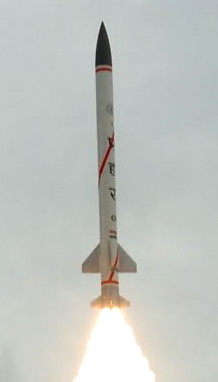
Prahar Missile
Astra
Astra is a 'Beyond Visual Range Air-to-Air Missile' (BVRAAM) being developed for the Indian Air Force.
Astra Missile
Helina
A variant of NAG Missile to be launched from Helicopter is being developed under the Project named HELINA (HELIcopter launched NAg). It will be structurally different from the Nag.
Hypersonic Technology Demonstrator Vehicle (HSTDV)
Project HSTDV is a technology demonstrator aimed to demonstrate autonomous flight of a Scramjet Integrated Vehicle using kerosene.
Indian Ballistic Missile Defence Programme
Prithvi Air Defence (PAD)
The Prithvi Air Defence missile has been named as Pradyumna Ballistic Missile Interceptor. It has a maximum interception altitude of 80 km and is capable of engaging the 300 to 2,000 km class of ballistic missiles at a speed of Mach 5. DRDO is currently working on a missile for intercepting targets of 5,000+ km range and engaging them at altitudes of up to 150 km.
Advanced Air Defence (AAD)
- Also known as Ashwin Ballistic Missile Interceptor. The Advanced Air Defence (AAD)/ Ashvin Advanced Defence interceptor missile operates at endo-atmosphere at altitudes of 20-40 kilometres (12-24 miles).
Anti-Radiation Missile
India is developing an Anti-Radiation Missile (ARM) that will help to destroy enemy advance warning systems. Production of the ARM is being done on a priority basis by the Defence Research and Development Laboratory (DRDL), which specialises in missile development. Such missiles can be mounted on the Sukhoi Su-30 MKI fighter planes.
Anti-Satellite Missile
India is developing anti satellite weapons. Following the successful Agni-V ICBM test, this looks all the more achievable.
During an interview with India Today in 2013 Dr. V. K. Saraswat said,
"Today, India has all the building blocks for an anti-satellite system in place.
We don't want to weaponise space but the building blocks should be in place. Because you may come to a time when you may need it. Today, I can say that all the building blocks (for an ASAT weapon) are in place. A little fine tuning may be required but we will do that electronically. We will not do a physical test (actual destruction of a satellite) because of the risk of space debris affecting other satellites."
According to Rajeswari Rajagopalan, senior fellow at Observer Research Foundation, New Delhi, "it is important to discuss various issues concerning space security, and ASAT is one of them." Increasing awareness of space debris and continued efforts to develop and implement international measures to tackle the problem is a major concern for India as well as other countries.
According to some researchers, "as it stands today, in space, the probability of debris hitting a satellite is more than an adversary taking your satellite down."
Photo Gallery-
1. Prithvi-II

2. Prithvi-III
3. Trishul
4. Helina
5. NAG
6. AGNI-V
7. BrahMos
8. Nirbhay
9. Astra
10. Prahar

